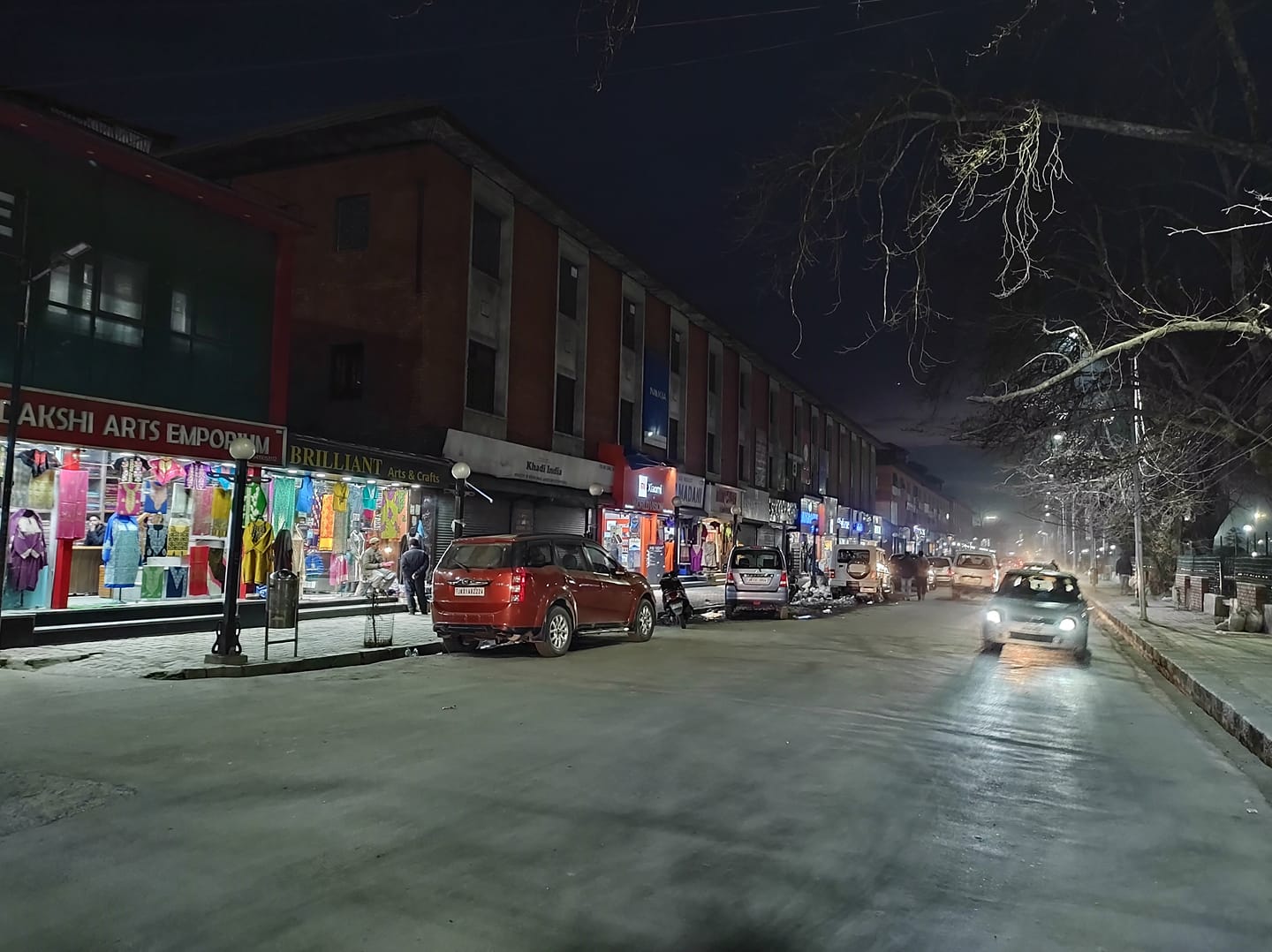This month on February 9 and February 11, death anniversaries of Parliament attack convict Mohammad Afzal Guru and JKLF founder Mohammad Maqbool Bhat, people in Kashmir largely went about their business unimpeded. Though shopkeepers (in some parts of Srinagar and Sopore) observed shutdown, but transport including public buses, cabs and auto-rickshaws were plying and roadside vendors also had a hearty day without anybody hassling them about their presence on the roads and streets.
This is unlike what used to be the case in the past – when besides a complete shutdown, chaotic and violent stone-pelting clashes would keep police and civil administration on toes. Despite all the security measures that would be in place, a few hundred private vehicles, even if their owners were out on the road for some urgent matter like a medical emergency, would fall prey to the rowdy gangs of young people roaming the streets with stones and clubs in hand to enforce shutdown. Even small children, sometimes as little as nine-year-olds, would get initiated into this street thuggery during such shutdowns and clashes, with their older patrons providing them protective cover against any retaliatory action from their victims.
The street agitations of 2008, 2009, 2010 and then 2016 are right there — itched in the popular memory of many – particularly those who were caught at the wrong place at the wrong time during such chaotic times. Those who have faced physical and verbal abuse from the ‘street thugs’ roaming around as the big protagonists of the so-called ‘movement’ and endured worst of their sadistic and psychopathic ire during the days, months and years of shutdowns in Kashmir will be heaving a sigh of relief that the situation has changed. And certainly for good, at least in the sense that people here have no longer to restrict their engagements, interactions and even their physical movement because someone sitting at Rajbagh or Rajouri Kadal (Nigeen) or Maisuma, and their masters in Islamabad, Rawalpindi or Muzaffarabad, could use it to further their politics and material fortunes!
Kashmir’s remote and recent history has ample insights to explain how the situation has evolved over the years, and reached where it stands now. It goes without saying that the origin, machinations and repercussions of the political turmoil here are now so widely understood that it hardly needs any further elaborations. However, what has really been intriguing for the general masses is that the efforts aiming at return of peace in this trouble-torn Valley have not been well oriented. Had the case not been so, then of course 30 long years would have proved sufficient time for those at the helm to evolve with a result-oriented strategy for reaching the desired goal of peace.
Tackling the situation within Jammu and Kashmir both at political and administrative levels merits looking at and understanding the conflict also as the manifestation of peoples’ anger against- and alienation from New Delhi, which in reality is the popular resentment against the successive “corrupt” (state) governments, lack of employment and other developmental avenues besides the denial of democratic rights, including the access to justice, to the people.
Unfortunately, as if unmindful of all these dynamics, the situation in Jammu and Kashmir has been tackled largely through good managerial skills, bereft of proper momentum and motivation for the resolution of issues on a sustainable basis. Since 1990 efforts were made to contain terror through military means or neutralize the intensity of the ideologies of the militant and secessionist elements.
Even though it may have helped to control the violent uprisings, there is now an immediate need for change of policy. We don’t have to see Kashmir in isolation: Whatever the changes happen at the geopolitical levels, have had an impact on the situation here, always. Also domestically owing to the changes brought about by altering the constitutional status of the erstwhile state within the Indian union have brought about a marked shift in popular perceptions here over the past two and half years. Inarguably, the common people today are perceptibly neither moved by the locus classicus of the separatist leadership (whatever remnants of it are visible) nor by the Pakistani rhetoric.
It’s the time to look beyond security and military measures, and see the problem through a humanitarian and political prism. A people-centered approach (which is the opposite of command-and-control leadership) would definitely make a huge difference and peace will certainly not remain elusive for long.
The views expressed in this publication are those of the author(s).





Leave a Reply
You must belogged in to post a comment.